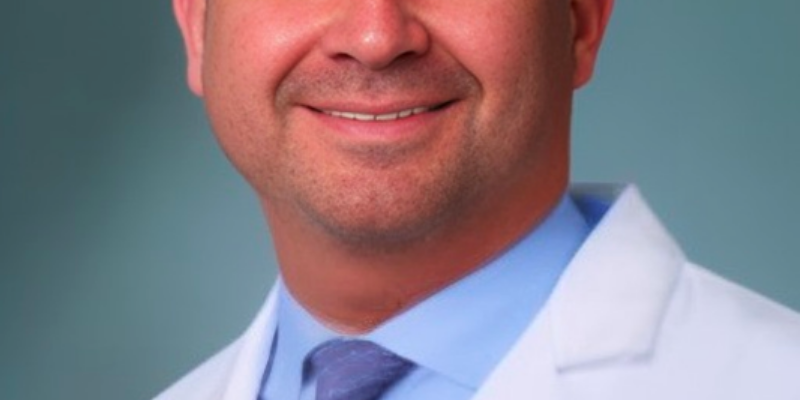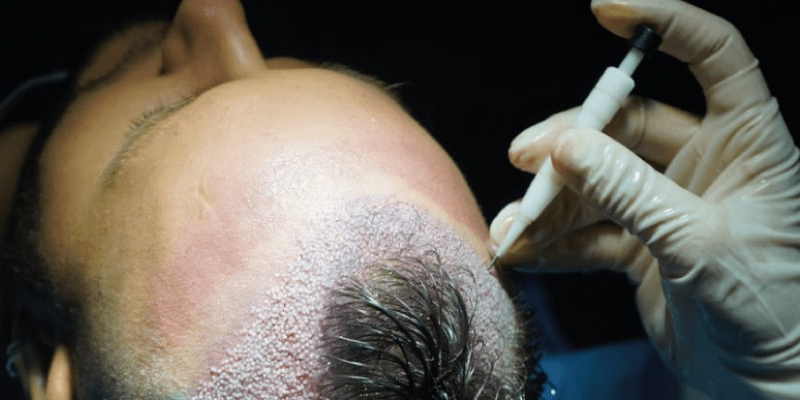Do hair transplants really work is a very important issue that makes everyone think about hair loss. Considering the process in detail, hair transplant operations are a very serious business.
Do Hair Transplants Really Work?
Modern hair transplants produce more natural-looking hair than previous hair transplants. Typically, the consequences are permanent. Transplant success is largely determined on the surgeon’s skill and experience. Health problems such as diabetes might significantly affect the healing process following surgery. In spite of this, the only established method of restoring hair to bald regions of the scalp is through surgical hair restoration or hair transplantation.
In between six and nine months following the operation, you should start seeing some effects from the procedure. Some people may not see benefits for a year. Two to eight weeks after the surgery, there may be hair loss in the transplanted region. If this happens to you, don’t worry about it. It is possible that the hair could appear thinner after around three months after the treatment, but hair will come back to give you a fuller scalp.
What Is A Hair Transplant? : Do Hair Transplants Really Work?
During hair transplantation, tiny pieces of scalp tissue (punch grafts) are removed. This is termed a donor region, and it is chopped into smaller pieces to be placed on a balding or thinning area of the scalp, which is called a graft site. Hair restoration surgery is another name for the treatment. Results are long-lasting and excellent. Outpatient hair transplants are performed in a doctor’s office or other non-hospital environments. Candidates for hair transplants usually have severe hair loss. Modern hair transplants give natural-looking hair, as opposed to hair transplants of the past, which resulted in unnatural-looking hair with obvious hair plugs.
What Happens During A Hair Transplant Procedure? : Do Hair Transplants Really Work?
Outpatient hair transplants are performed in a doctor’s office or another non-hospital environment. As a rule of thumb, the operation takes between four and eight hours to complete. People who need a significant number of hair transplants may need to return the following day for a few hours. As part of the procedure, the surgeon cleans the scalp and injects it with an anaesthetic (local anaesthesia). During the operation, the patient remains conscious. For the patient’s comfort, the surgeon may provide a moderate sedative.
As a result of this procedure, the surgeon will either cut away a strip of scalp skin with healthy hairs or remove each healthy hair individually. This is done to give the hair a more natural appearance and to prevent the emergence of obvious hair plugs in the hair. The process of removing individual hairs takes a lot of time, but the results are more pleasing to the eye. It is necessary to prepare the collected hair before transplanting it into a recipient’s head. The surgeon carefully prepares the region of the scalp where hair will be transplanted.
Hair Transplant Really Works
If you’re in need of hair transplantation, you can count on it to function. Hair transplantation is not a guarantee or a claim. For one thing, it’s been proved. So, let’s just assume that this is a medical situation, shall we? The reasoning is quite plain. We remove the roots from a healthy region and put them here, after evaluating the location where the hair fell. The hair grows back after that. This means that under no circumstances will it fail. People who have questions regarding hair transplantation should set them aside for this reason.
Things to Consider Before Hair Transplant Operation
One week before the surgery, you should try to stop smoking. If you can’t, you should at least strive to decrease it as much as possible. It’s important to keep in mind that smoking slows down the healing process. One week before the surgery, you should cease consuming alcohol. Caffeine and coffee should be avoided. You should stop drinking green tea a week before your hair transplant.
Inform the doctors who will conduct your hair transplantation about any chronic (diabetes, heart disease, blood pressure, etc.) or acute illnesses you are taking. It’s a good idea to stop using anti-clotting medications like heparine and anti-platelet drugs like aspirin or coumadin a week before the surgery. Bleeding might be increased by using these medications.
One month before the procedure, stop using medications and lotions to your scalp and hair. Before the procedure, wash your hair and do not use any hair styling or hardening products, such as gel or spray, on your hair or your scalp. Be sure to eat breakfast before your hair transplant.
Have a small meal before your surgery if it’s in the afternoon.
Wear clothing that won’t rub against your head when you put them on and take them off while you’re waiting for the surgery, and that you’ll be able to put on and take off easily. Shirts are the most comfy to wear. Do not drive after a hair transplant procedure. As a result, if you’re driving a long distance to the surgery, make sure you have someone with you.
What Are The Factors Affecting The Success Of Hair Transplantation?
As a result of hair transplant surgery, the primary aim is to obtain the desired results. Successful hair transplantation relies on both the patient and the surgical team being satisfied. A person’s hair transplant technique must be determined before the procedure. Hair follicles obtained for hair transplantation should be protected from harm. In addition, the process of transplanting the hair follicles needs to be taken into consideration. Hair follicles must be implanted in the right direction.
In addition, it is crucial that the healthcare staff doing the hair transplant procedure has extensive expertise and is well-versed. Due to hair transplant surgery to be successful, it must be performed in a sterile, well-equipped setting. In addition to this, the restrictions that the patient must adhere to are another aspect that affects the surgery’s success. After hair transplantation, it’s important to avoid hitting the head. The transplanted region should not have hair on the side. A person’s chances of success increase dramatically if he or she attentively follows the doctor’s instructions.
Successful hair transplants may be achieved with ease provided all parties involved behave with the same level of prudence, and take safeguards against any problems.
Examples of Celebrity Hair Transplants and Football Players
When it comes to the world of celebrity, hair transplants are becoming more and more common. Xherdan Shaqiri is no exception, with the footballer recently opting for a hair transplant. Xherdan Shaqiri Hair Transplant has become a popular search term as curious fans want to know more about the procedure. The hair restoration method becoming increasingly popular among celebrities, from Tom Arnold hair transplant to Tom Hanks. Celebrities like Xherdan Shaqiri have opted for the procedure for cosmetic and practical reasons. Many celebrities are turning to hair transplants to help them look younger and restore their confidence.

The procedure involves taking healthy hairs from the back of the scalp and transferring them to areas where there is thinning or baldness. It takes several months for the full results to be seen and the transplanted hairs will grow like natural hair. Tom Arnold is another celebrity who has undergone a hair transplant, opting for a similar procedure to Xherdan Shaqiri hair transplant. He underwent a follicular unit extraction (FUE) procedure, which involves extracting individual follicles from the donor area before transplanting them into thinning or balding areas of the scalp. With more and more celebrities turning to FUE procedure, celebrity hair transplants are set to be a popular search term for some time.





